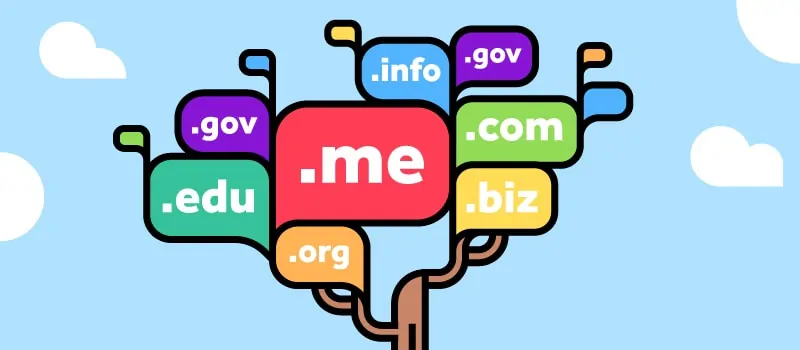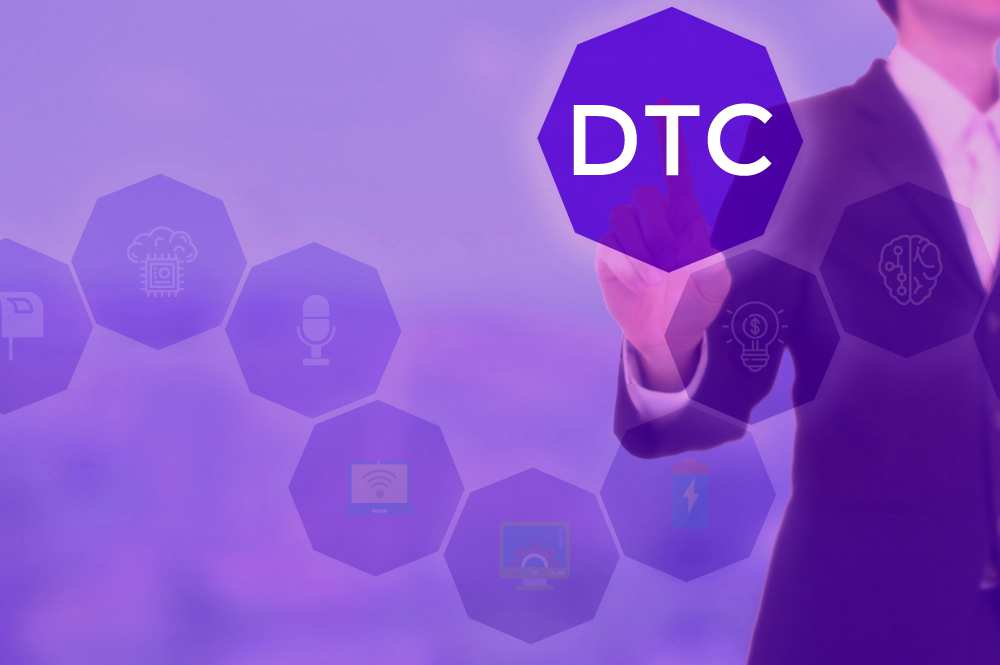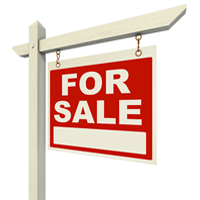The Low-Down on Domain Names

By Kelly Meeneghan, Manager, 1&1 Internet, Inc.
For any business, having a clear address to your physical location is imperative to ensure that your current and potential customers/clients can find you. This accessibility ultimately leads to an increase in both clientele and sales. The same goes for the Internet. It's now common knowledge that in order for a business to succeed, you must create an effective online presence. The first step to accomplish this feat is to start with a domain name, a virtual address, with which the public can use to find a business on the Web.
A domain name is the sequence of letters after a "www." through the ".com/.net/etc" of a URL. Representing an Internet Protocol (IP) resource, a domain can be associated with the personal computer used to access the Internet, the server computer that is hosting a website or the website itself. Put simply, this name replaces the use of overly complicated and detailed technical codes, which are assigned to every space on the Internet. Without a domain name, no one will be able to find and view a website, directly entering domain names is in fact the fastest and most convenient way for people to discover a business.
As you decide to venture into the online world, choosing an effective domain name should be top priority. Understanding how computers read domains can help guide you through the process of choosing the most appropriate and effective domain. It is useful to know that domains are organized by the Internet from right to left, the opposite of how we normally read.
Therefore, the first section you come upon is the top-level domain (TLD), or domain extension, which identifies the purpose and mission of the website. For example, in 1and1.com, .com is the TLD. In fact, it is a gTLD (general top-level domain), which illustrates that it is available for world-wide registration regardless of citizenship, residence or age. Most commonly used, .com is often the first gTLD that businesses consider.
Though a smart decision due to its popularity, we encourage businesses to evaluate the potential effectiveness of the other gTLDs. For example, .org extensions are best utilized by non-profit organizations while .name's are adopted by personal pages. Some businesses prefer .biz to illustrate its professionalism and those that have optimized their website for mobile viewing must use .mobi. Each holds their own purpose and is chosen at the discretion of its owner. By specifying your type of business through the domain extension, you can create a greater impression on visitors rather than misleading them by selecting an inappropriate domain.
Taking TLDs a step further, there are ccTLDs (country code top-level domains), which are assigned to specific countries and are not available to everyone. Such domains include .us for the United States, .de for Germany and .es for Spain, to name a few. The purpose of ccTLDs is to encourage local businesses to identify themselves as a business of that country. Specifying the country of residence within the TLD can help businesses better target their local audiences more directly. Each country has their own registration restrictions. Therefore, be sure to understand these guidelines before making an investment in the domain.
Next, the section to the left of the TLD is considered the domain. Some businesses wish to showcase the official business name, well-known slogan, industry or location through their domain. Though all can be good ideas, 1&1 suggests that the business chooses to feature the official business name. This keeps it simple for you and your visitors to remember and not hinder their potential return to the site in the future. If the name is not available with the desired TLD, like .com, consider an alternative TLD before changing the domain name. Perhaps a .org or .biz TLD will be suitable and therefore you can keep the unique domain.
Once a domain name is decided, it needs to be registered with a domain registrar. This grants you the right to use the domain but it does not assign you legal ownership. Different TLDs and registrars may list domains at different price points, so be sure to shop around to find one you are comfortable with. Once completed, you are ready to begin designing your website.
Next: Selling Domains At Freemarket.com
About the Author: Kelly Meeneghan is a manager for 1&1 Internet, Inc. (www.1and1.com). As a global leader among Web hosts, 1&1 provides businesses with the tools necessary to get online and be successful. Meeneghan also wrote the contributor piece, Ditch Your Yellow Pages, for WebsiteMagazine.com.











